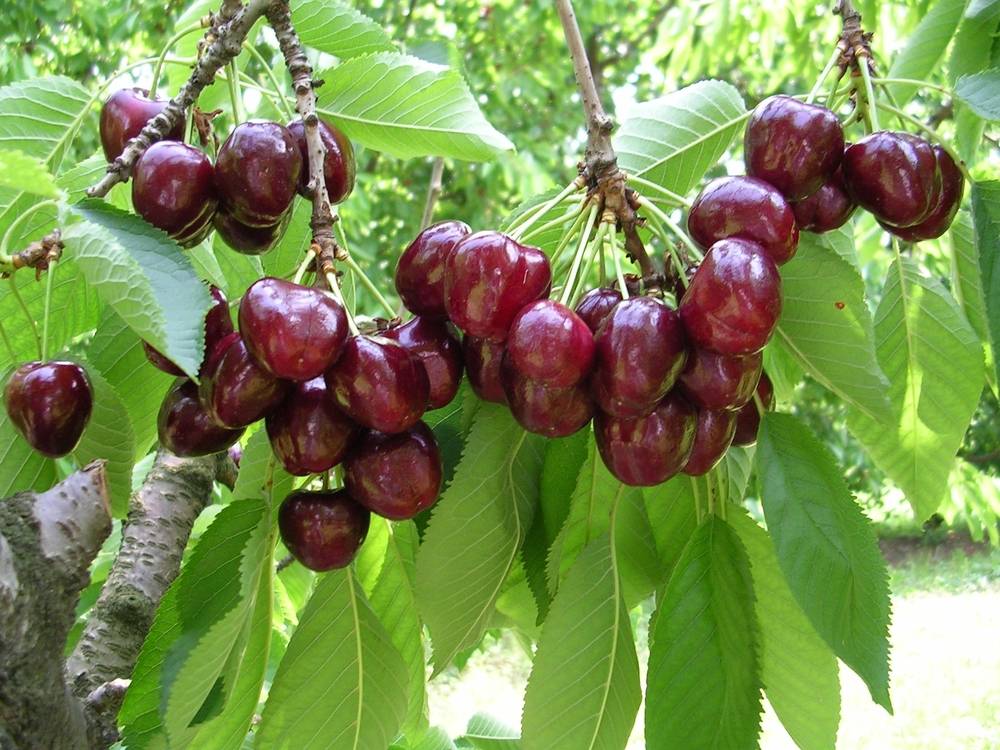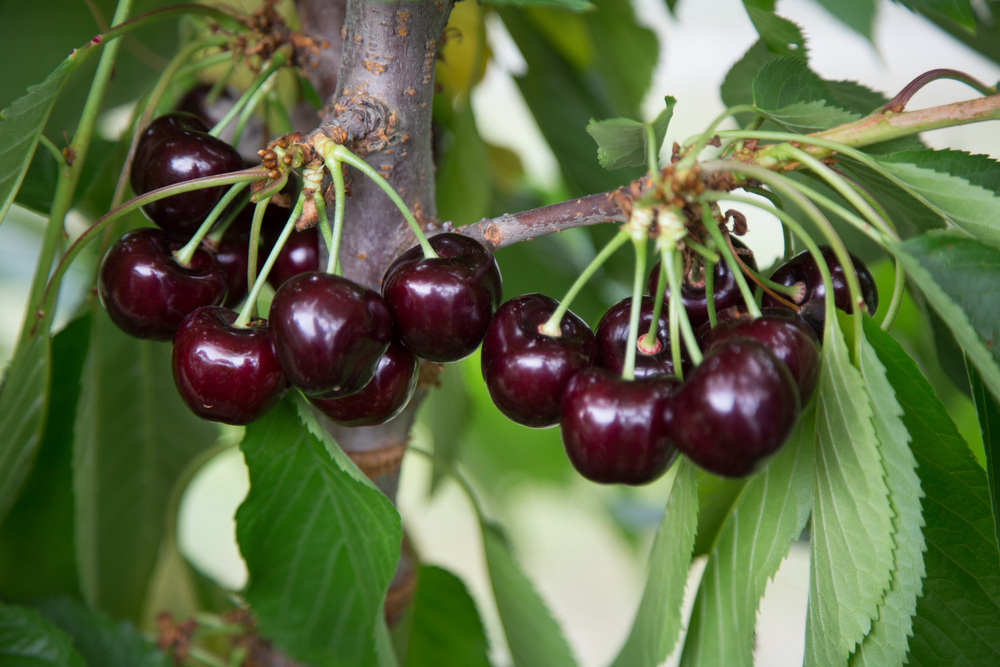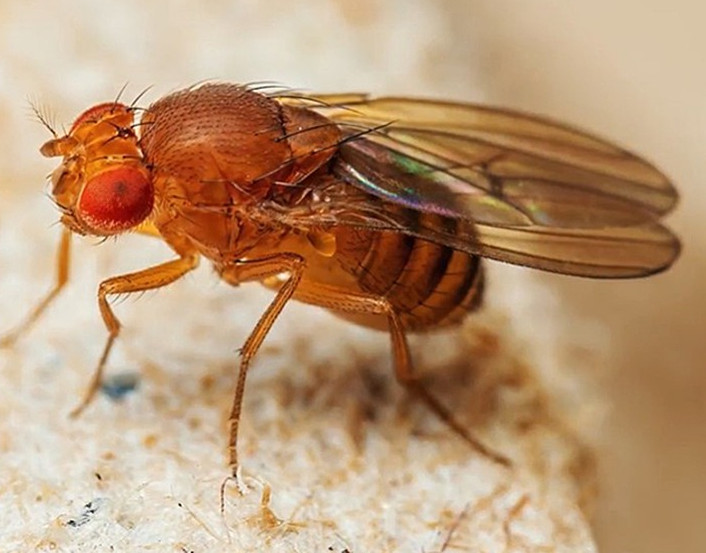Cherry cultivation is recently expanding in many European regions, including several Mediterranean regions where water availability is limited and water demands from evapotranspiration are rising due to climate change. However, specific information on the optimal irrigation supply for this crop is lacking, and cherry growers lack rational approaches to manage preharvest and postharvest irrigation.
Previous studies discovered that a postharvest reduction in water supply of about 50 percent is a promising strategy to reduce cherry water use, with no effects on the following year's production. These findings suggest how reduced deficit irrigation protocols can be successfully applied in this species. It is well-known that water supply during the fruit-growing season is directly correlated with fruit growth and yield, thereby allowing fruit to reach the appropriate size at harvest. Conversely, excessive preharvest water supplies may negatively impact the fruit storabilty.
However, it must be remembered that excessive irrigation can facilitate the occurrence of cracking. The work we present today analyzes the effects of reduced irrigation supply on tree water status, foliar gas exchange and fruit vascular flows in two cultivars with different susceptibility to cracking, providing insights into the potential application of deficit irrigation strategies in cherry.
The irrigation regimes applied to 'Black Star' and 'Vera' were: commercial control and 30% reduced irrigation. In both cultivars, pre-veraison fruit growth was characterised by high xylem and transpiration flows, with phloem contributing approximately 20% of the total daily inflows. At this stage, reduced water supply had no effect on any of the monitored parameters, with the exception of stem water potential, which was reduced in 'Black Star' trees but not in 'Vera' trees.

At veraison, trees of both cultivars showed an increase in daily fruit growth rates and phloem contribution, reaching up to 80% of fruit total inflows. However, 'Vera' had 40% greater fruit phloem inflows and daily growth rates than 'Black Star. Also, at this stage, trees of both cultivars responded differently to decreased irrigation: 'Black Star' trees exhibited decreased stem water potentials but no difference in fruit vascular flows and fruit growth, whereas 'Vera' trees maintained similar physiological performances but fruit phloem inflow and growth rates decreased.

This study suggests that in sweet cherry, cultivar and phenological stages characterised by high fruit growth rates may create the conditions for an increased susceptibility to water deficiency due to the high requirements for water and carbon resources to sustain fruit growth. In contrast, phenological stages characterised by low fruit growth, such as pit hardening, or with no fruit postharvest may be suitable for implementing deficit irrigation within the context of deficit irrigation strategies.
In addition, results indicate that the susceptibility of 'Vera' cherries to cracking is likely related to their higher fruit growth rates at veraison. At this stage, fruit growth is primarily sustained by water and carbon imported via phloem, indicating a possible relationship between phloem inflow and cracking.
Melissa Venturi
Università di Bologna (IT)
Cherry Times - All rights reserved












